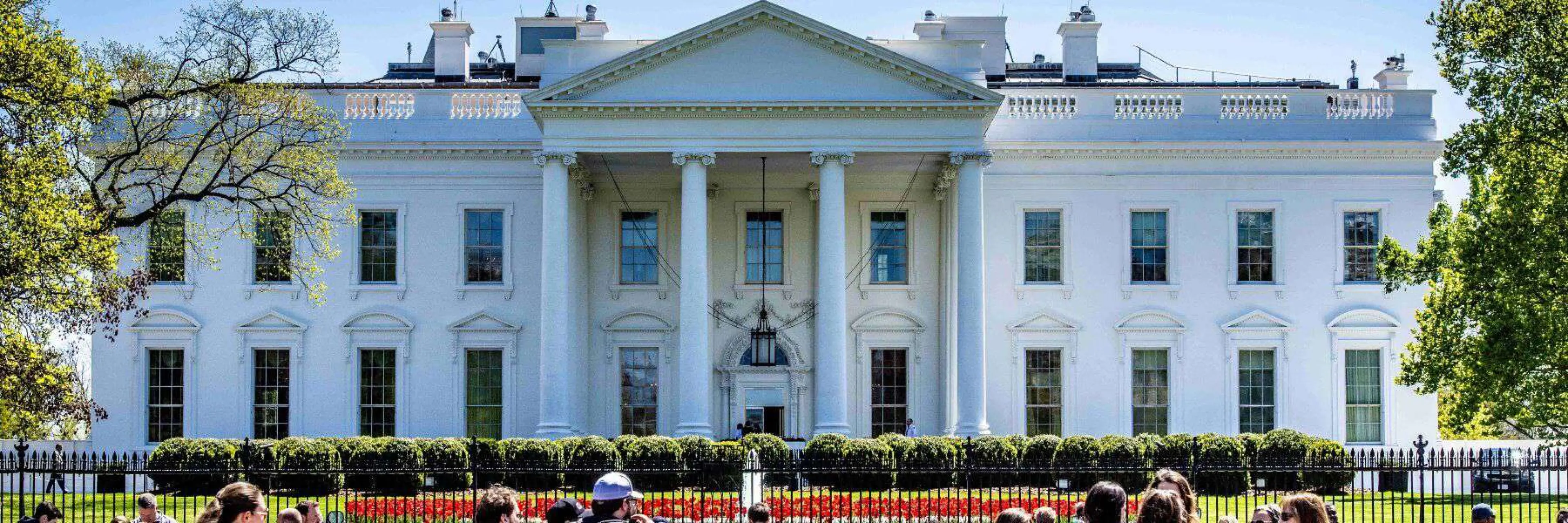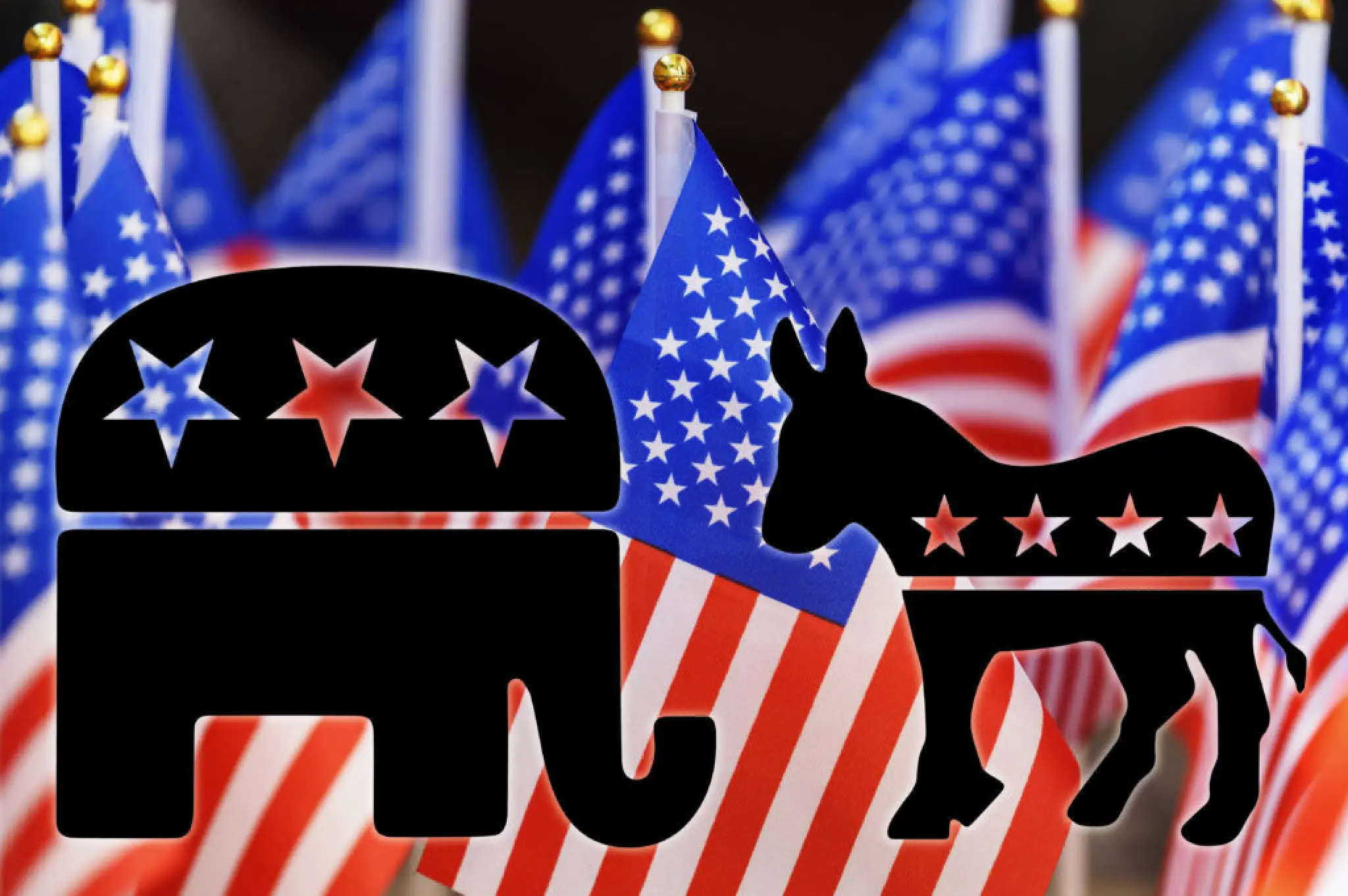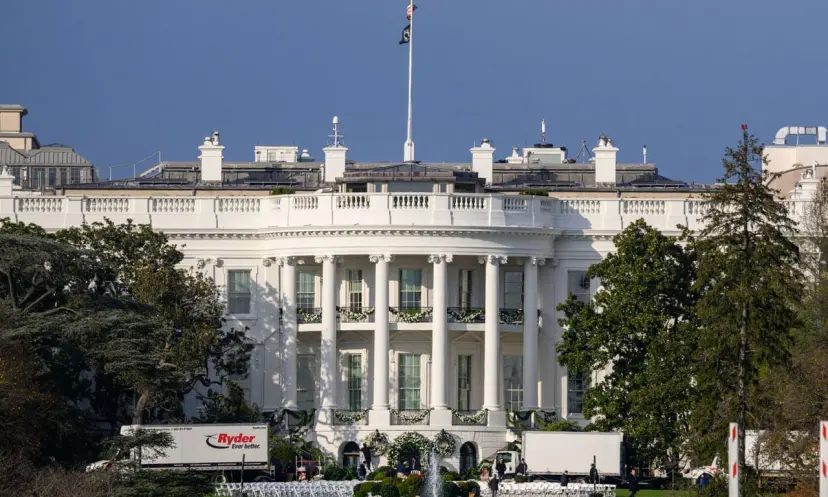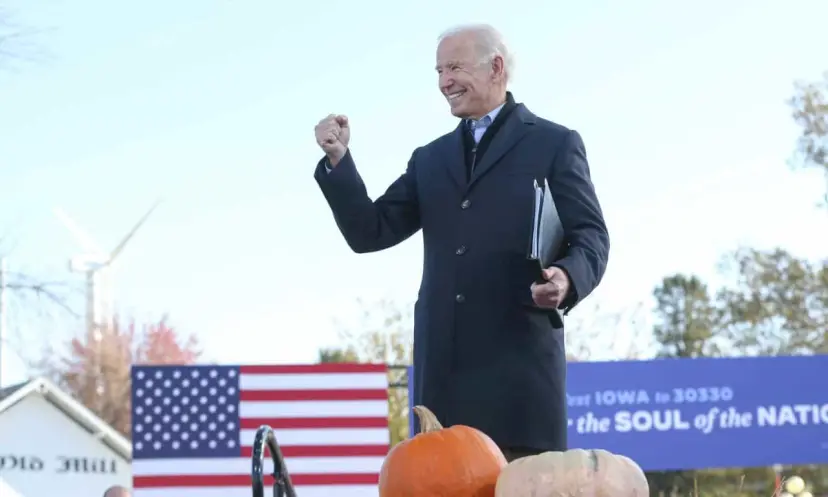How does the US presidential election work?
Published:
The US presidential election can seem like a complicated process. From caucuses to primaries and the electoral college, we’re here to explain how it works before Joe Biden and Donald Trump square-up on November 3rd.
To start off, it’s important to know that the election to decide a new US President takes place every four years and that ever since 1845, the election itself has taken place on the first Tuesday after the first Monday in November.
A US President can be a man or a woman of any race or religion so long as they were born in the US, have lived in the country for at least 14 years and be aged 35 or above.
Luckily Joe Biden and Donald Trump qualify on all three counts, and as such one of them will be named the next President of the United States. Here’s how they got to the current stage, and what awaits them going forward.
How do the parties choose their presidential candidate?
One thing we expect you are familiar with is that the Democrats and the Republicans are the two main political parties in the United States. Between them the two parties have won every election since 1848.
The Democrats and the Republicans choose their candidate by holding primaries or caucuses in each US state.

Primaries are a straightforward state election for a preferred candidate, while caucuses allow party members to meet up, discuss who would be the best choice and then vote for their chosen nominee.
In a primary, if a candidate wins the state, they receive all of that state’s delegates. ‘Super Tuesday’ is when many states vote in their primary elections.
The winner for each party is then announced at their chosen party’s national convention, along with their platform and the rules which will guide their strategy if they win the race for the white house.
The vice-presidential nominee is also announced at the national convention.
Let the campaigning begin!
Once the nominees are decided, then the fun begins, with each candidate travelling across the United States in an attempt to win the votes of the general public.
Campaigns are often long, tiring and fierce, with rallies taking place at arenas, convention centres and town halls which are also screened on major TV networks.
None of this comes cheap either. Barrack Obama’s campaign to win the 2008 election is reported to have cost an eye-watering $730m. Opponent John McCain is reported to have spent $333m.
How does the US election work?
We already know the US election will take place on Tuesday 3rd November. But how exactly does it work? Well, American citizens will vote for ‘electors’ who support the candidate they want to be the president.
These electors form what is known as the ‘electoral college.’ The number of electoral college votes in each individual state is determined by how many people live in said state.
California is the most-populous US state and therefore has the most electoral college votes with 55. Alaska, Delaware, Montana, North Dakota, South Dakota, Vermont and Wyoming are among the least populous and therefore have just three electoral college votes each.

That means winning the most states or the popular vote doesn’t necessarily mean you’ll win the election itself. Just ask Hillary Clinton, who received a 48.18% share of the popular vote to Trump’s 46.09% in 2016, but lost the electoral college 227 to 304.
The electoral college consists of 538 electors in total, with 270 being the majority required to win an election.
Swing states are particularly important in the outcome of the US election – these are states where no party has a clear majority in the run-up to an election, meaning they could be won by either side.
Georgia, Florida, Maine and Ohio are currently forecast as three of the closest swing states at the 2020 US election.
When is the new president sworn in?
Once the election process is complete, the new president has to wait over two months before being inaugurated.
Inauguration day in 2021 will take place on Wednesday 20th January and will see either Donald Trump retain the presidency, or Joe Biden become the 46th President of the United States.
All odds and markets correct as of date of publication







